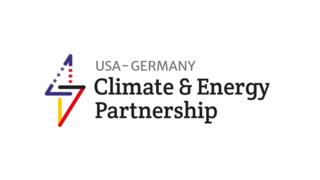Offshore Wind Supply Chains in the US and Germany. Policy Recommendations and Collaboration Opportunities
Keywords: International Energy Transition; Germany; United States; Offshore Wind; Supply Chains | Study published: January 2023
Offshore wind energy as an important pillar in clean energy transition and decarbonization is clearly on the rise – many countries worldwide have recently set new offshore wind deployment targets or increased their existing targets. This is also true for the US and Germany – the US announced its target of 30 GW by 2030 in early 2021; Germany updated its existing targets in the wake of a new government taking office at the end of 2021. Both countries now share the same target for 2030.
However, increased deployment and new announcements have raised the question if the offshore wind industry would be able to satisfy the projected demand and what challenges it might have to face. This report examines some of these question with particular emphasis on the US and Germany as an input for the US-German bilateral working group on offshore wind. It does not intend to provide a full analysis of the world market but rather shed light on selected current developments in both countries and make suggestions for further cooperation to be discussed within the working group.
The most important thing for the entire OSW industry in Germany and USA is to create a stable and reliable framework for OSW expansion, including well-established goals, bidding procedures and support mechanisms.

In order to reduce the dependence of imports from just one supplier country, the US and Germany will have to:
- Diversify rare earths supply chains
- Develop alternative, less rare earth-intensive technologies (such as novel superconducting wind generator designs)
- Develop recycling processes as well as consider recycling options already in the design phase of OSW farms, ports and manufacturing

